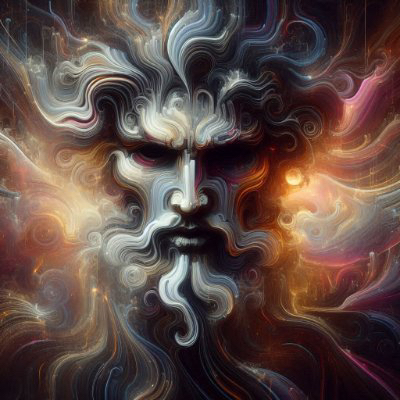REIからJPYへの交換
現在のREI Network価格(JPY)
REI Networkの価格は今日上がると思いますか、下がると思いますか?
REI Networkの市場情報
REI Network (REI)について
REIネットワーク(REI)とは?
REI NetworkはGXChainのアップグレード版であり、新しいプロジェクトではない。これは、ブロックチェーンの開発トレンドによりよく適応することを意図して作成されたもので、同時に、軽量、高性能、イーサリアム互換、手数料無料のブロックチェーンフレームワークを提供するものでもある。
REIネットワーク(REI)の仕組みは?
GXChain 2.0は、EVMとそのエコロジー・インフラに対応し、利用効率を高め、コストを削減します。これにより、DeFiの開発者やアプリケーションをGXChain 2.0にシームレスに移行でき、イーサリアム・ブロックチェーンと同じエクスペリエンスを維持できる。GXChain 2.0の技術的ソリューションには、イーサリアムのRPCおよびWebsocketインターフェースとの互換性、そして将来的なGRPCのサポート機能が含まれる。また、ネットワークモジュールは、Devp2pの代わりにLibp2pを使って書き直され、より優れた汎用性とスケーラビリティを実現している。トケノミクスは、より少ない資源消費(ガス・フリー)を実現するように設計されている。Staking/Slashing、ResourceManager、IBCコントラクトなどのシステムコントラクトをソフトフォークしてアップグレードできるようになった。DPoS+BFTのより効率的でランダムなコンセンサスは、分散化とグリーン電力を保証する。さらに、アブストラクト・コンセンサス・モジュールは、REIネットワークのコードを簡単に組み合わせることができ、チェーン・メイキング・ツールとなる。
REIトークンとは何ですか?
REIネットワークは、REIと呼ばれる独自のネイティブトークンを持ち、ネットワークの安全性を確保している。このトークンは、ネットワーク上でトランザクションを送信する際のガス料金の支払いや、REI DAO管理のためのガバナンス・トークンとしての役割など、さまざまな用途がある。さらに、REIはバリデーターの誓約トークン、ノード選挙の投票トークンとして使用でき、無料ガスのためにステークすることもできる。REI保有者は、トークンを賭けて、ガスの代替品として使用できるCrudeを所有することもできる。
REI DAOとは?
REI DAOは、そのガバナンスモデルにおいて分散化、透明性、開放性を促進することで、REIネットワークのブロックチェーン精神を体現している。これは、分散型ガバナンス・コミュニティーの中で、ガバナンスを各自に戻すことによって、各$REIホルダーに力を与えることを目的としている。
REI NetworkのAI分析レポート
REI Networkの価格履歴(JPY)
 最低価格
最低価格 最高価格
最高価格 
REI Networkの最高価格はいくらですか?
REI Networkの最安価格はいくらですか?
REI Networkの価格予測
REIの買い時はいつですか? 今は買うべきですか?それとも売るべきですか?
2026年のREIの価格はどうなる?
+5%の年間成長率に基づくと、REI Network(REI)の価格は2026年には¥1.46に達すると予想されます。今年の予想価格に基づくと、REI Networkを投資して保有した場合の累積投資収益率は、2026年末には+5%に達すると予想されます。詳細については、2025年、2026年、2030〜2050年のREI Network価格予測をご覧ください。2030年のREIの価格はどうなる?
注目のキャンペーン
REI Networkのグローバル価格
REI Network(REI)の購入方法

無料でBitgetアカウントを作成します

アカウントを認証する

REIをJPYに交換
よくあるご質問
REI Networkの現在の価格はいくらですか?
REI Networkの24時間取引量は?
REI Networkの過去最高値はいくらですか?
BitgetでREI Networkを購入できますか?
REI Networkに投資して安定した収入を得ることはできますか?
REI Networkを最も安く購入できるのはどこですか?
今日の暗号資産価格
REI Network(REI)はどこで買えますか?
動画セクション - 素早く認証を終えて、素早く取引へ

REIからJPYへの交換
REIの各種資料
Bitgetインサイト




取引
Bitget Earn
Bitgetに新規上場された通貨の価格









